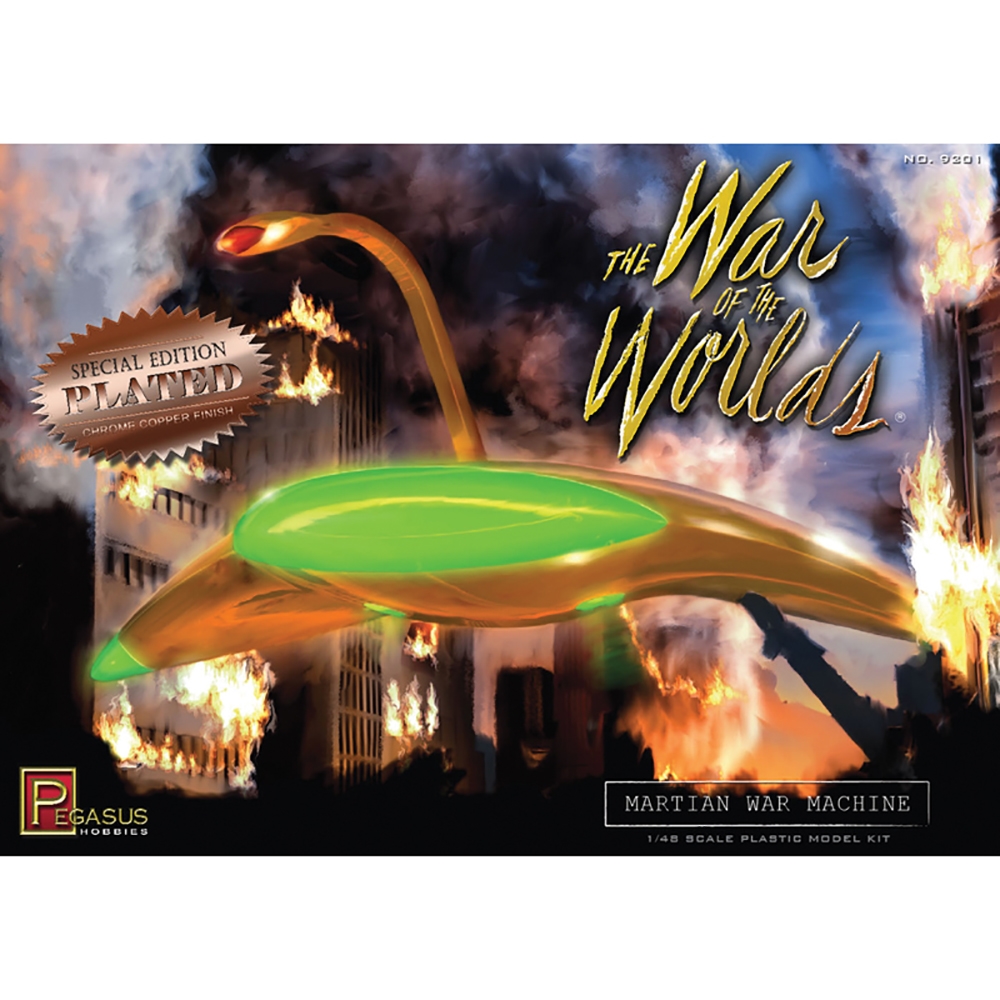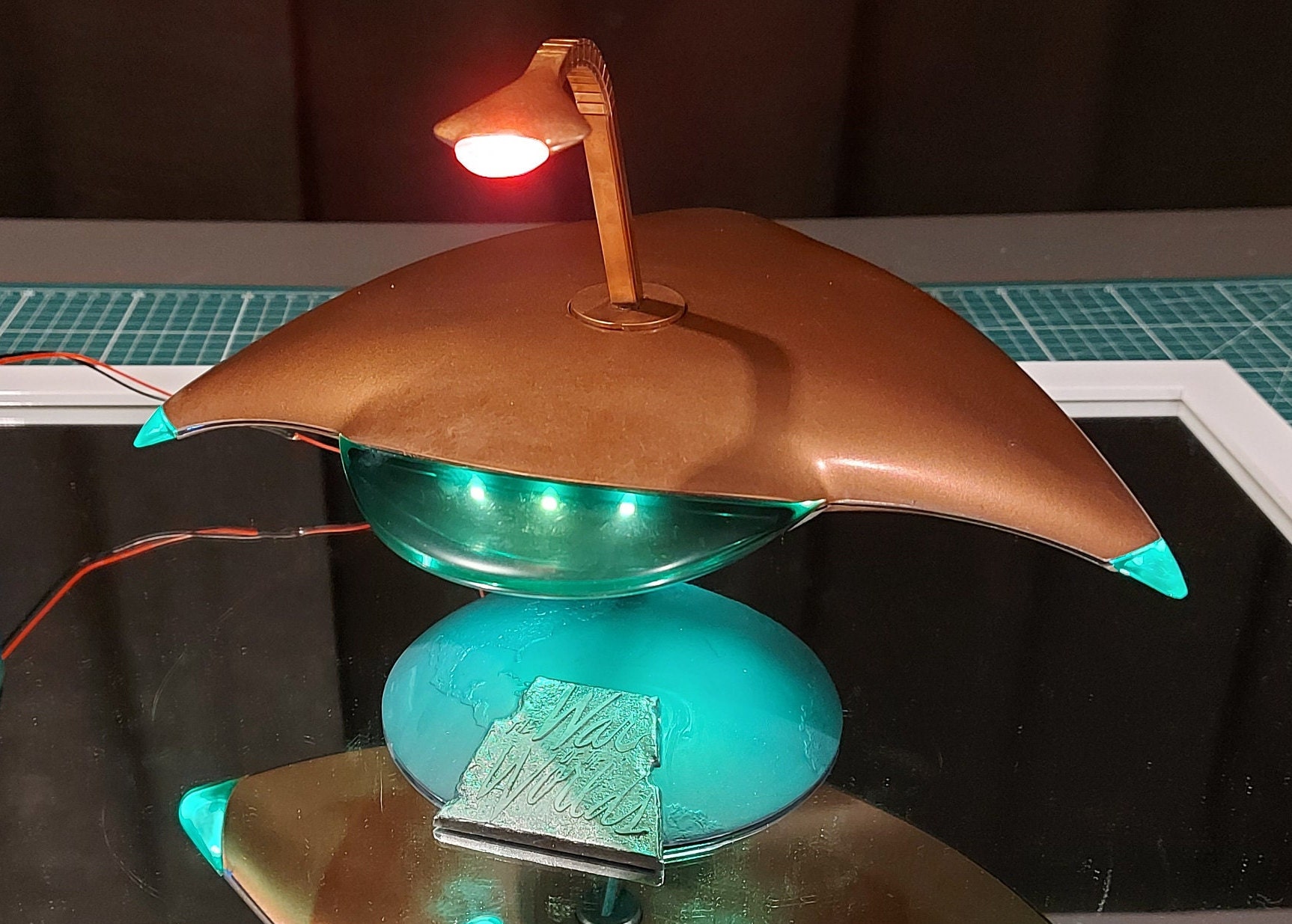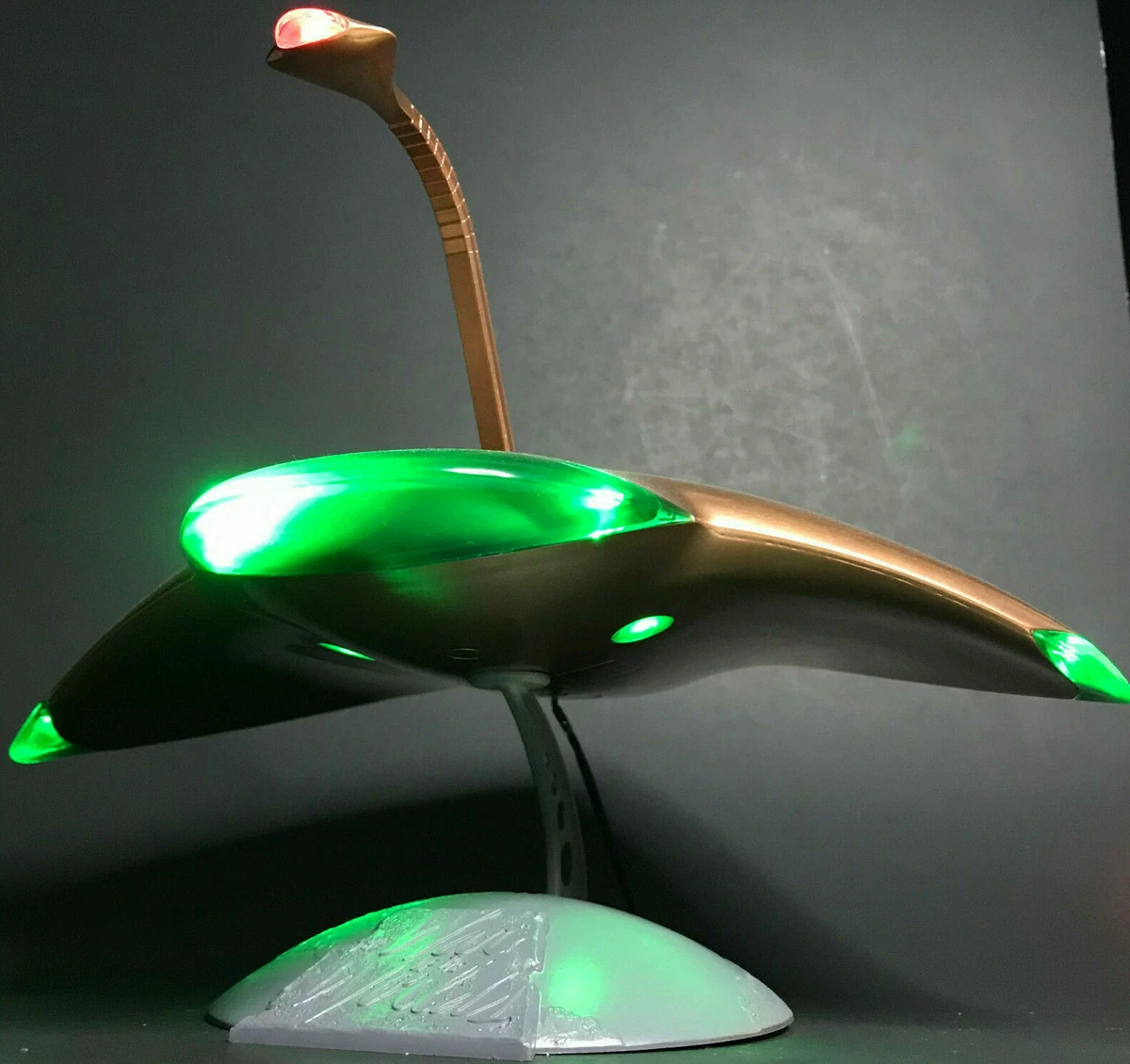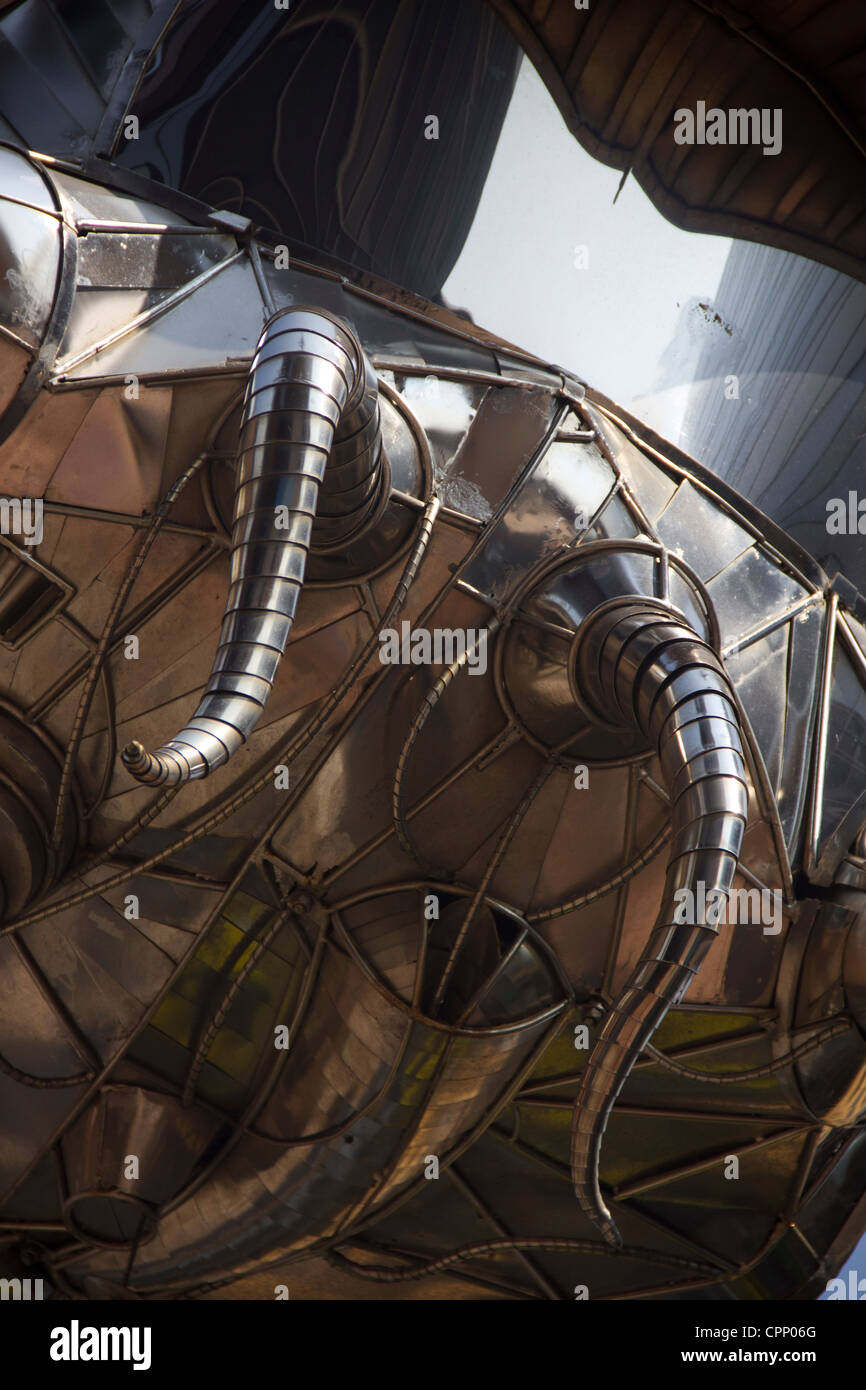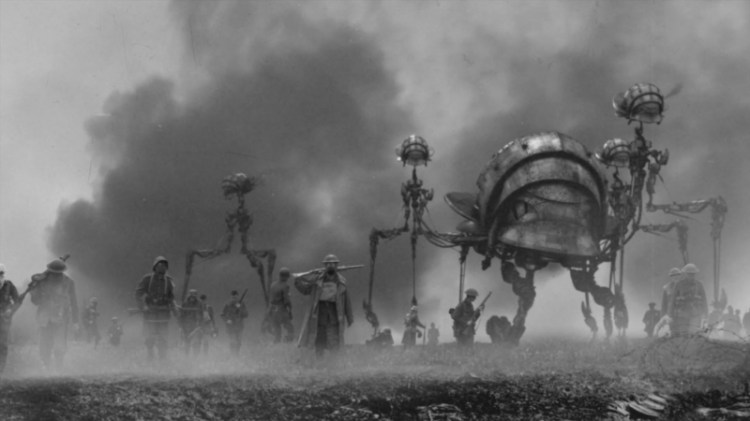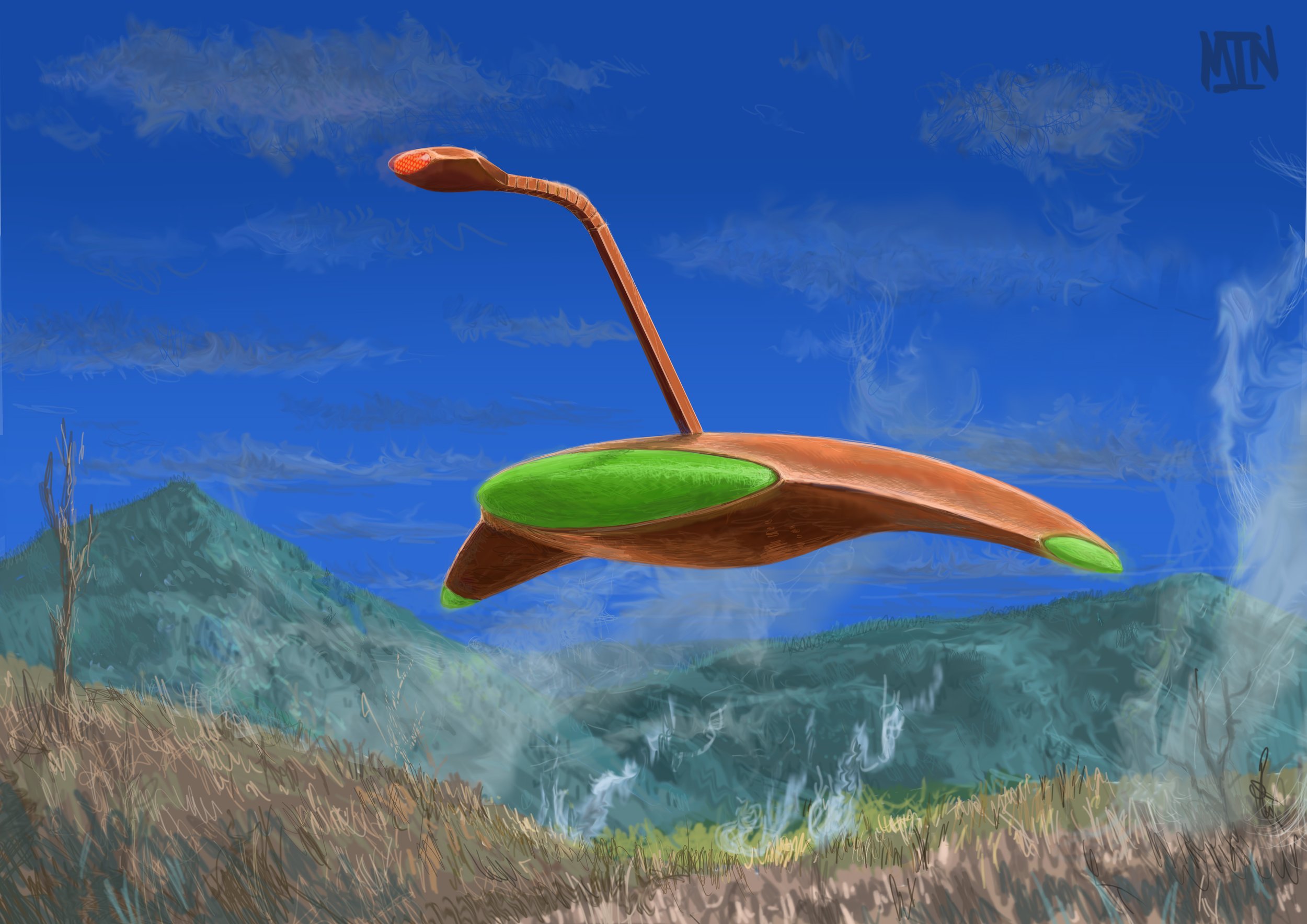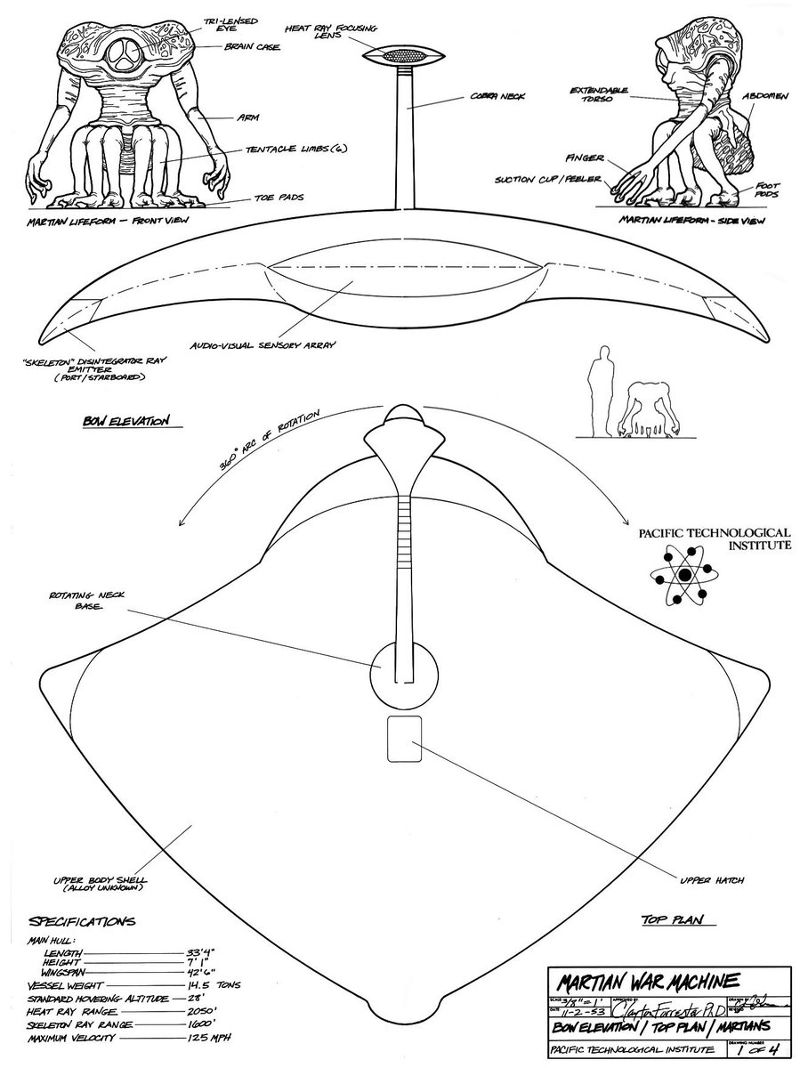The War Of The Worlds Martian War Machine Horn
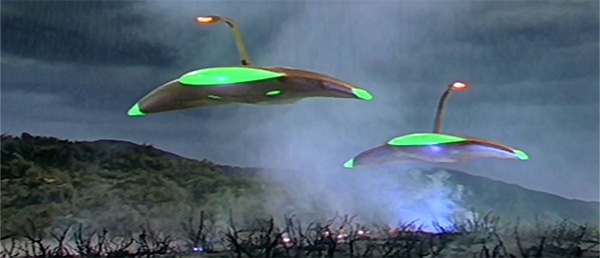
Okay, picture this: it's 1938. Radios are king, and families are huddled around, listening to their favorite shows. Suddenly, BAM! News reports of Martian invasions! Pandemonium ensues, all thanks, in part, to one terrifying sound: the Martian war machine horn.
The Sound That Scared a Nation
We're not talking about just any honk. This wasn't your grandma's Model T. Oh no! This was a sound so alien, so unsettling, it burrowed deep into the subconscious and planted the seed of pure, unadulterated fear.
Think of it like this: you know that high-pitched whine your dentist's drill makes? Now amplify that by a thousand, add a dash of demonic resonance, and you're getting close. It was the sound of impending doom, perfectly crafted for maximum terror.
Behind the Blast
So, who was the mad genius behind this sonic weapon of mass hysteria? The credit goes to the team behind Orson Welles' infamous radio adaptation of H.G. Wells' "The War of the Worlds." They knew sound was key to selling the illusion.
They weren't messing around with kazoos and tin cans, folks! These guys were audio wizards. They wanted a sound that screamed "advanced alien technology" and "prepare to be vaporized!"
The exact recipe for the Martian horn is a bit of a mystery, shrouded in radio history. But the general consensus is it involved a complex mix of electronic instruments, manipulated sounds, and maybe even a touch of studio magic from a forgotten spellbook.
More Than Just a Noise
The horn wasn't just some random sound effect. It was carefully designed to evoke a primal fear response. It was the aural equivalent of seeing a massive, metal monster rising from the ground, ready to zap you into oblivion.
Imagine hearing that sound in your living room, crackling through your radio. No CGI, no fancy special effects – just pure, unadulterated sound painting a terrifying picture in your mind. Instant nightmare fuel!
The impact was undeniable. People genuinely believed Martians were attacking! Roads clogged with fleeing families, emergency lines overloaded, and widespread panic. All because of a well-crafted radio drama and that bone-chilling horn.
A Lasting Legacy
Even though the invasion was fictional, the Martian war machine horn has secured its place in pop culture history. It's a reminder of the power of sound and its ability to manipulate emotions. It's like the sonic equivalent of a really good jump scare.
Think about how movies and video games use sound effects today. That deep rumbling before an earthquake? The screech of tires during a car chase? They all owe a little something to the Martian horn's legacy of fear-inducing sound design.
Next time you hear a particularly creepy or unsettling sound effect in a movie or game, remember the War of the Worlds. Remember the panic. And remember the horn that helped convince a nation that Martians had landed. It was a sound that truly shook the world, even if only for a night.
So crank up the volume (maybe not *too* loud) and appreciate the legacy of the Martian war machine horn: a masterpiece of sonic terror that proves a good sound effect can be more powerful than any visual.
